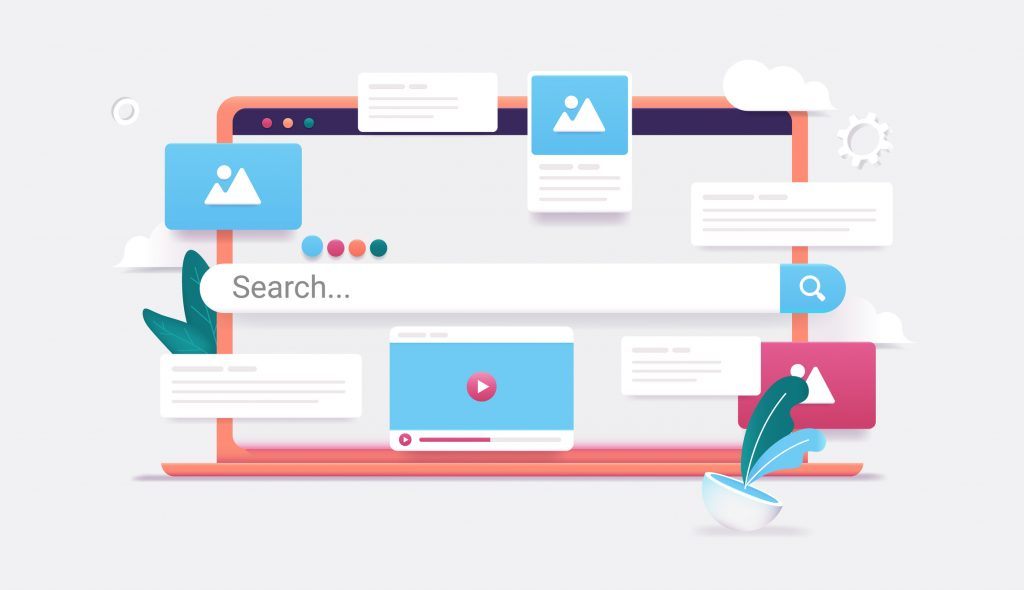
Paid media refers to any form of advertising that requires payment to reach the desired audience. This can include paid search ads, display ads, social media ads, and traditional forms of advertising such as TV, radio, and print ads.
In digital marketing, paid media is especially beneficial. It enables businesses to quickly reach their target audience, measure the effectiveness of their campaigns, and adjust their strategies accordingly. By using paid media, businesses can also test different messaging and creative content to optimize performance and ensure they are getting the most out of their budget. With the right strategy, businesses can use paid media to increase brand awareness, generate more leads, and ultimately drive sales.
Paying Attention to the Metrics
When engaging in a paid media campaign, it’s crucial to closely watch the metrics. By tracking key performance indicators such as impressions, clicks, and conversions, businesses can measure what’s working and what isn’t. This information is invaluable in helping businesses refine their campaigns and maximize the impact of their paid media efforts.
Impressions are a key metric to track as it is a measure of how many people have seen the advertisement and can provide an indication of whether or not the ad is making an impact.
Clicks, or Click Through Rate (CTR), provide a measure of how many people are taking action on the advertisement and can be used to determine what messaging is resonating with the audience.
Conversions, such as purchases or form submissions, indicate whether the ad campaign is having a direct financial impact on the business.
Communicating With Your Target Customer or Partner
In a paid media campaign, there is a multitude of steps from reaching the target customer to bringing them through the advertising, to a landing page, and finally, to becoming a customer. Each part of the campaign plays a distinct role and must do its part.
For example, the headline on the ad is oftentimes the first contact with the campaign. The job of the headline is to grab attention and make the customer curious enough to click on the ad.
The content of the ad should carry a message that resonates with the customer. The goal is to get them to click through to the landing page.
The landing page should contain information that compels the customer to take further action with the business. The landing page must be congruent with the ad that brought the visitor to the page. It needs to be highly focused with no distractions — typically there is no header or footer, and there should be nothing on the landing page other than the pitch for the product or service. In short, a landing page — just like every other element in a paid media campaign — has a singular purpose.
Small changes in the metrics of a paid campaign can make measurable results in the profitability of the campaign and revenues generated for the business. In large campaigns, a single positive change of a decimal percentage can easily add an additional six figures of profit to a company’s bottom line.
What’s the Difference Between Paid & Organic Search?
The key differentiator between a paid campaign versus an organic search campaign: a paid campaign focuses on CTR and conversions, whereas an organic search campaign focuses on visibility. Paid media campaigns offer the ability to directly measure and track what’s working and what isn’t, offering businesses the chance to tweak their strategies in real time for maximum success.
Results can be gained much more quickly in a paid advertising campaign but when the campaign shuts off, the benefits stop. In contrast, organic search campaigns often bring more long-lasting results, but the process can take longer to produce a return on investment (ROI).
